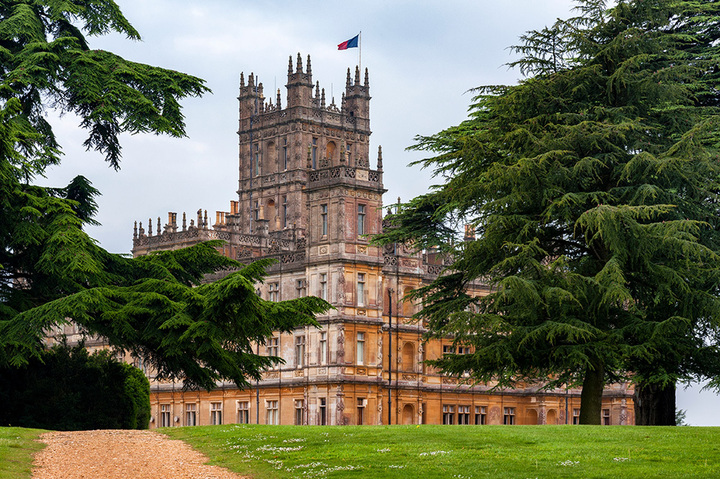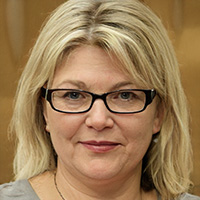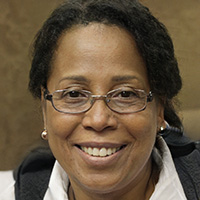“Downton Abbey” has undoubtedly captured the cultural fascination with British household staff and their roles within aristocratic homes. This popular television series has provided a fictional yet captivating portrayal of the lives and dynamics of upstairs and downstairs residents at an English country estate. We will first give a quick overview of the show and some of its characters for those who have yet to watch this intriguing show.
“Downton Abbey” is a British historical drama television series created by Julian Fellowes. The series spans from 1912 to the mid-1920s. It encompasses significant events such as the sinking of the Titanic, World War I, and the post-war social and political changes.
Overview of Downton Abbey
Here’s a quick overview of the key elements and plotlines of “Downton Abbey”:
The Crawley family, led by the Earl of Grantham, Robert Crawley, and his American-born wife, Cora Crawley, occupy the grand estate of Downton Abbey. Their three daughters, Lady Mary, Lady Edith, and Lady Sybil, navigate the challenges of love, marriage, and societal expectations. Furthermore, the downstairs characters include butlers, maids, footmen, valet, and cooks. They all come together with a web of drama and relationships. Their lives are often blended in with those of the Crawley family.
The show covers social hierarchy creating conflict, romance, scandal, and many huge historical events. The rigid social class structure is a central theme, with clashes between tradition, modernity, and personal aspirations. The show also covers the romantic storylines of many of the characters. The affairs and secret relationships between all characters. Finally, many important historical events are covered. This includes the sinking of the Titanic, the start of World War I, and the Spanish influenza. All of these events had an impact on the characters’ lives and roles.
Overall, Downton Abbey displays the effect of new technologies and the changing societal norms during the 20th century. Finally, a recurring clash of tradition and progress can be seen.
Cultural Fascination
Here are some key points that cover the fascination with British staff as described in “Downton Abbey”:
Downton Abbey does a good job of romanticizing the lives of the wealthy and the staff that work there. The series portrays their interactions, challenges, and personal relationships. The show furthermore often focuses on the loyalty, dedication, and occasional conflicts between the upstairs and downstairs characters, capturing viewers’ imagination.
The show also displays the challenges of relationships. The fascination with British household staff in “Downton Abbey” stems from the intricate relationships shown on the show. The series explores the bonds between the Crawley family and their servants, showcasing moments of camaraderie, respect, and even romance. Viewers are drawn to the complexities of these relationships as they challenge social conventions and highlight the shared humanity between individuals from different social classes.
There is also a great insight into the life of a servant. The portrayal of the staff in “Downton Abbey” offers a unique perspective on the lives of servants during the early 20th century. The show depicts the downstairs characters’ challenges, sacrifices, and aspirations, shedding light on their daily routines, struggles, and ambitions. Viewers are interested in the difference between the opulence experienced by the Crawleys and the often harsh realities faced by the servants. This leads to a deeper understanding of the social dynamics of the time.
“Downton Abbey” has captured the interest of many individuals by providing an immersive portrayal of life in an aristocratic household. The show furthermore depicts the complex relationships, historical context, and display of tradition and protocol that has resonated with audiences. This series invites viewers to explore the dynamics between this particular era’s upstairs and downstairs residents.







